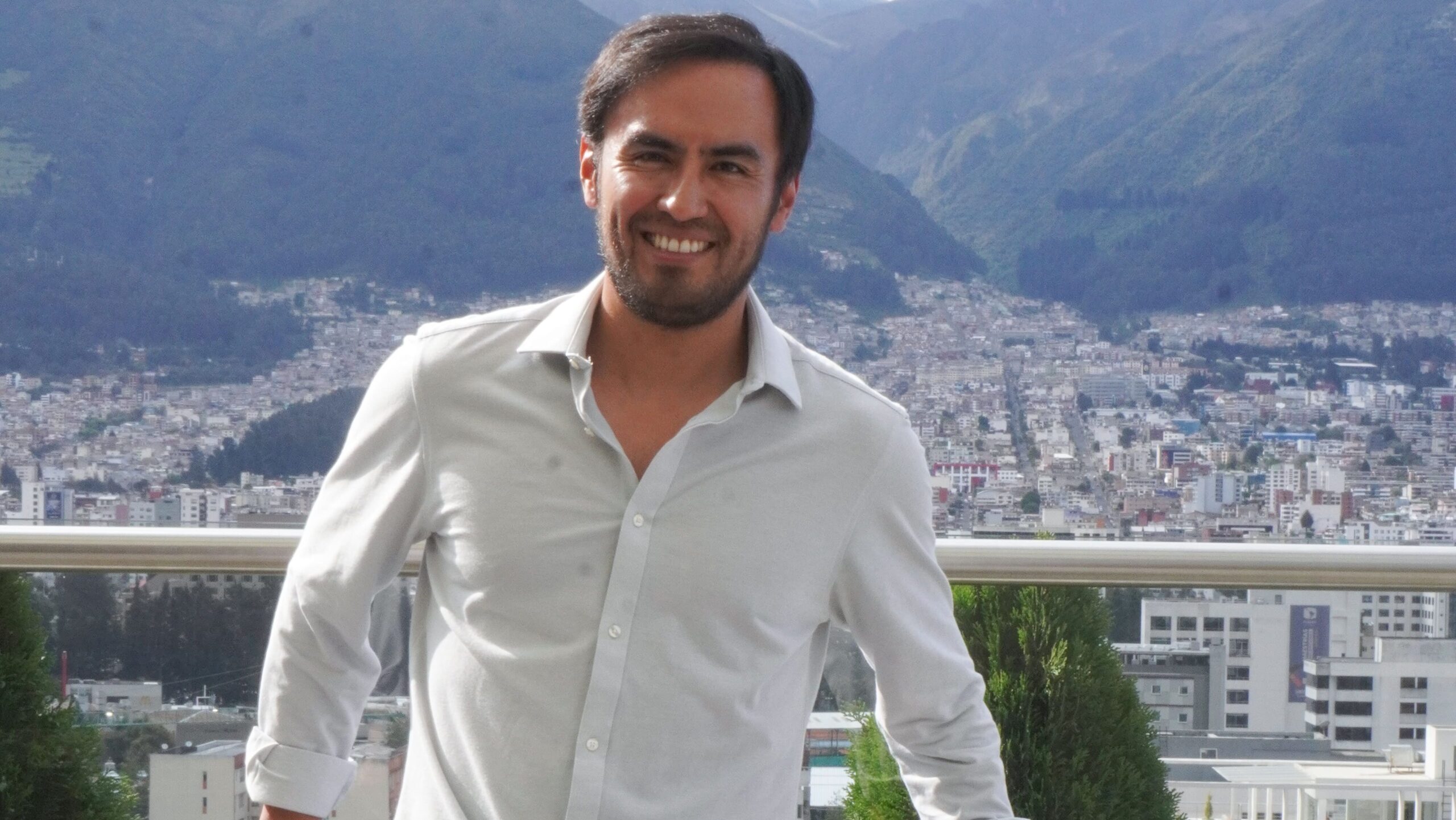
María del Pilar Mora Zamora – Managing Director, Quality and R&D, ALIMENTARTE SA
Today, everyone is talking about superfoods, their characteristics, their benefits and, above all, their position in the food market. The diffusion of its knowledge today, and thanks to globalization, has been significantly incorporated into the minds of consumers and food manufacturers. The context of the pandemic and post-pandemic caused by COVID-19 is causing great changes in eating habits and consumers have begun to look for natural alternatives, making Hippocrates' phrase come true: "May your food be your medicine, and may your medicine be be your food”, written more than twenty-five centuries ago; today, this maxim is more present than ever in the daily life of humanity.
According to Harvard, “There is no scientifically based or regulated definition of a superfood, but, in general, a food is promoted to the superfood category when it offers high levels of desirable nutrients, is linked to the prevention of disease, or is believed to offers several simultaneous health benefits beyond its nutritional value” 1.
The applications of superfoods are varied and recover ancestral knowledge in countries like Ecuador, in which the diet of their ancestors sought optimal health, and their frequent use in natural medicine was manifested in oral traditions, passed from generation to generation. . As an example, we have the Andean lupine ( Lupinus mutabilis s. ), known in our country as "chocho", which was used since ancient times to improve crops, since the application of the water resulting from the debittering (dealkaloidization) of the seed combated the pests. Additionally, the fruit contains 50% protein and high amounts of natural fiber, iron and calcium.
Where did the term superfood originate?
The first recorded example may have taken place in the early 20th century, around World War I, as part of a food marketing strategy. In 1917, the United Fruit Company launched a rousing advertising campaign to promote its major import of bananas; published informative brochures such as "Points on the banana" and "The food value of the banana"; Initially, the company had advertised the practicality of bananas in the daily diet by being everywhere available and cheap, nutritious, easy to digest, good when cooked and when not cooked, as well as being sealed by nature in a germ-proof package 2.
The world food market has an increasingly demanding consumer public in terms of the benefits and attributes that the products can offer, which is why new healthy and nutritional food alternatives have been developed, produced under criteria of integrity, safety and sustainability. 3.
This, added to the rediscovery of ancestral foods and their food applications, has led to the resurgence of products such as: quinoa, chocho, jicama, sacha inchi, uvilla, macambo, and other Andean crops of great importance due to their nutritional content, antioxidant properties , essential fatty acids and high quality protein.
The Food and Agriculture Organization of the United Nations (FAO) maintains that food security exists when all people have, at all times, physical, social and economic access to sufficient, safe and nutritious food to meet their daily energy needs. and food preferences to lead an active and healthy life 4 . In this way, superfoods —emphasizing that a large part of them comes from Latin America— constitute an essential source for world food security, considering the rise of the Sustainable Development Goals (SDGs) and their relevance for the survival of the human being. with limited food resources. It is worth mentioning that the strong disconnection of the human being with the earth has minimized awareness about the importance of food sources for future generations, their cultivation, care and value as generators of food security and production of superfoods worldwide.
Certainly, the food industry can market a product as a superfood, which would increase its sales, it being the responsibility of the manufacturer to be able to scientifically demonstrate the properties of a product in order to classify it as a superfood. In 2020, this market registered, worldwide, more than 152 billion dollars According to 5 , in 2015 there was an increase of 36 6 % in the number of foods and beverages launched on the market as "superfood", "superfruit" or "supergrain"; these studies allow the consumer to make an informed choice of the foods he needs, wants and that constitute an alternative that promotes a healthy lifestyle.”; these studies allow the consumer to make an informed choice of the foods they need, want and that constitute an alternative that promotes a healthy lifestyle.
Going back to our roots, rescuing foods of high nutritional value and adequately communicating their properties is essential to carry out ethical work on their applications and the consequent dissemination at a national and international level. The recognition of superfoods and the scientific connection with their traditional applications will allow the development of alternatives grounded in the reality of current consumers and their loyalty.
Ecuador is a highly agro-industrial country; However, its potential for the production of superfoods is barely manifesting itself and is still restricted to becoming raw material for new products for the international market. Therefore, for the research and development of its bioactive components, the scientific contribution through the collection of real data in situ ; this will allow the necessary synergy with the industry for its commercialization, industrial applications and creation of innovative solutions. This is the way for those ancestral foods to position themselves in the mind of the national and international consumer and be part of the solution towards food security that we seek, providing the world with practical, daily and sustainable applications for a healthy life. Soil conservation, hand in hand with international certifications such as Organic, Rainforest Alliance, Fairtrade and good agricultural practices, among others, support this premise. This roadmap proposes a successful formula for Ecuador to become a world power in superfoods.
1
Harvard School of Public Health, “Superfoods or Superhype?” 2
United Fruit Company, Food value of the banana; opinion of leading medical and scientific authorities. 3
Añazco, Vásquez, and Illescas, «Superfoods as a market trend: An analysis of opportunities for exporting companies». 4
Food and Agriculture Organization for the United Nations (FAO), "Rome Declaration on World Food Security and World Food Summit Plan of Action." 5 Shahbandeh, “• Superfoods market value worldwide 2020-2026 | Statist».



